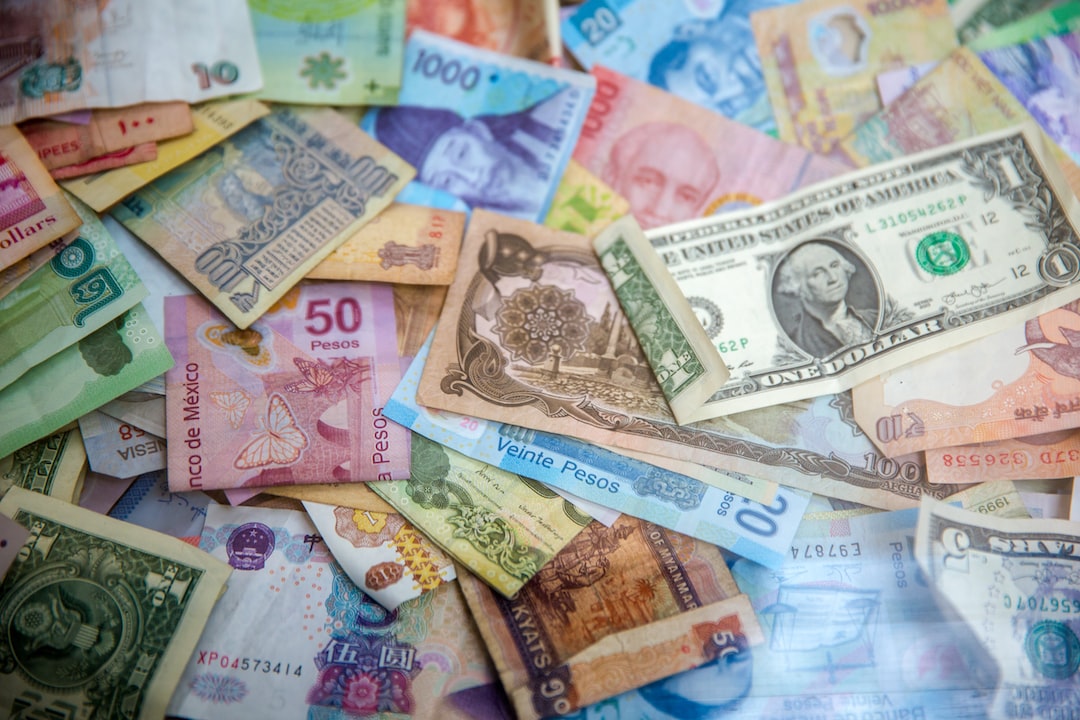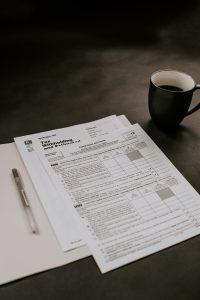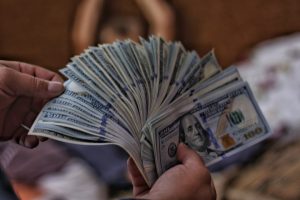Correlated pairs refer to two or more currency pairs that tend to move in the same direction. In other words, when one currency pair moves up or down, the other currency pair(s) also move in the same direction. Correlated pairs are commonly used in the forex market to hedge against risk or to take advantage of trading opportunities.
Correlation is the statistical measure of the relationship between two variables. In forex trading, correlation is used to measure the relationship between two currency pairs. The correlation coefficient ranges from -1 to +1. A correlation coefficient of -1 means that the two currency pairs move in opposite directions, while a coefficient of +1 means that they move in the same direction. A coefficient of 0 means that there is no correlation between the two currency pairs.
Traders use correlation to identify trading opportunities and to diversify their portfolios. Correlated pairs can be used to hedge against risk, as a change in one currency pair can be offset by a change in the other currency pair. For example, if a trader is long on the EUR/USD currency pair and short on the USD/CHF currency pair, they are essentially hedging their position. If the EUR/USD goes up, the USD/CHF will likely go down, and vice versa.
Correlated pairs can also be used to identify trading opportunities. If a trader sees that two currency pairs are highly correlated, they can use this information to make a trading decision. For example, if the EUR/USD and GBP/USD are highly correlated, a trader may decide to enter a long position on the EUR/USD when they see a bullish signal on the GBP/USD.
However, it is important to note that correlation does not always mean causation. Just because two currency pairs are highly correlated does not mean that one causes the other to move. Correlation is simply a measure of the relationship between two variables, and other factors may be influencing the movement of the currency pairs.
Traders should also be aware that correlation can change over time. Correlation coefficients are not fixed, and can change depending on market conditions. For example, if there is a major news event that affects one currency pair more than the other, the correlation between the two pairs may temporarily break down.
In addition to currency pairs, traders can also use correlation to identify relationships between currencies and other assets, such as commodities or stock indices. For example, the Australian dollar is often correlated with the price of gold, as Australia is a major producer of the precious metal.
In conclusion, correlated pairs are two or more currency pairs that tend to move in the same direction. Traders use correlation to identify trading opportunities and to hedge against risk. However, it is important to remember that correlation does not always mean causation, and that correlation coefficients can change over time. Traders should use correlation as one tool in their trading arsenal, and should always conduct their own analysis before making any trading decisions.






